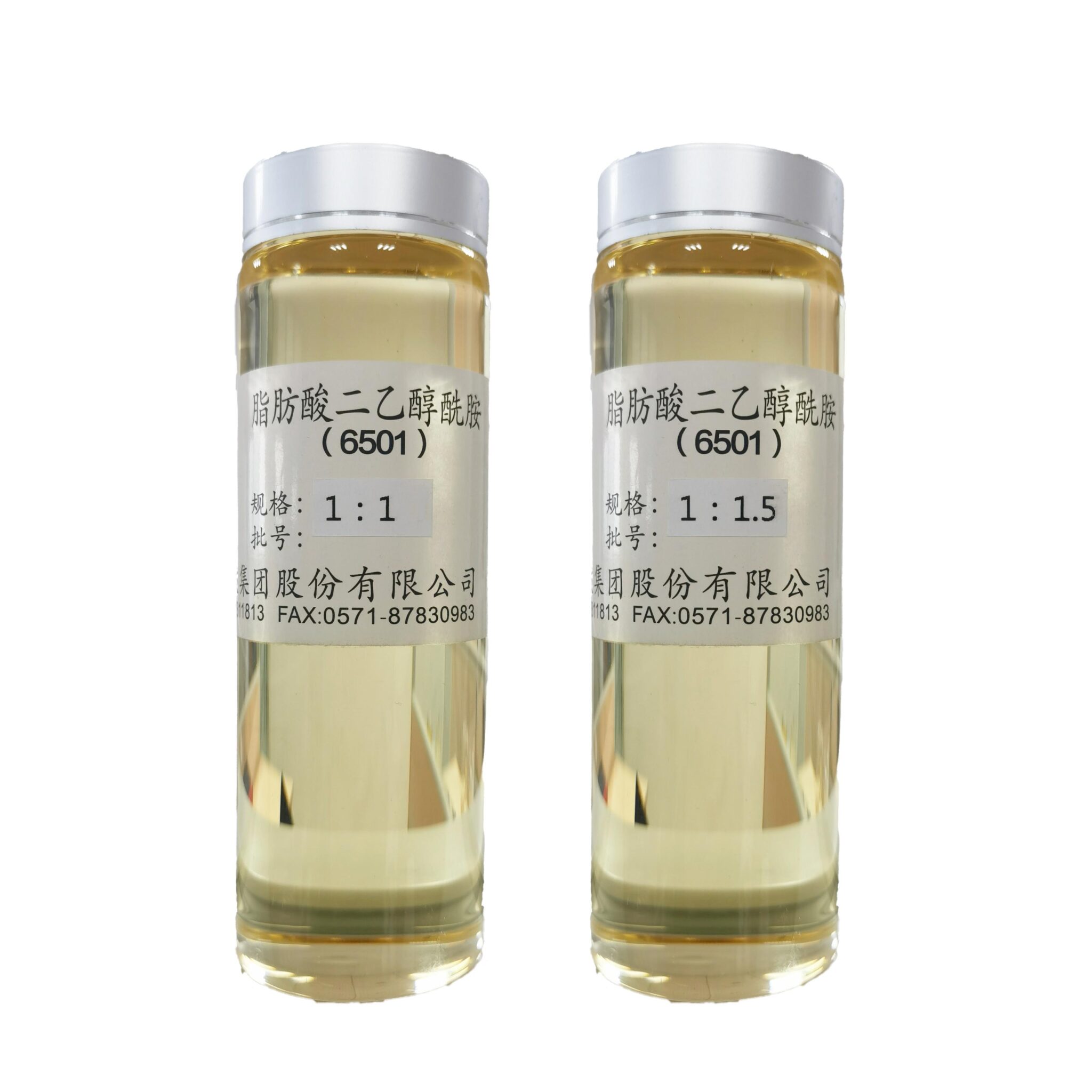Industry reports show that 30% failure rates in various formulations could stem from improper surfactant choices—are your solutions truly reliable? Surfactant manufacturers play a crucial role in optimizing formulations across multiple industries, from cosmetics to cleaning. Many professionals overlook the complexity behind surfactants, leading to failures that are often costly. Understanding this market can help you select the right partners for your products.

Common Pitfalls in Traditional Surfactant Solutions
Traditional surfactant solutions often fail due to a lack of customization and an insufficient understanding of their chemical properties. It’s not uncommon for manufacturers to choose off-the-shelf solutions without considering how environmental factors—like temperature or pH—can affect performance. The key is—never ignore the specific requirements of your application. Ignoring these vital parameters can lead to inconsistent results, which no brand can afford in today’s competitive landscape.
Innovative Principles Guiding New Surfactant Technologies
With the advancement of technology, recent innovations in surfactant design focus on factors like biocompatibility and eco-friendliness. Many new surfactants are engineered with a keen understanding of their interaction with other ingredients. Manufacturers are now employing sophisticated methods, such as molecular modeling, to predict performance outcomes. This shift towards technology-driven solutions allows surfactant manufacturers to offer tailored formulations that meet specific user needs effectively, which wasn’t conceivable just a few years ago.
Quantified Benefits for Users
Users of advanced surfactant technologies are seeing measurable benefits—like increased efficiency and lower operational costs. For instance, many surfactants now offer enhanced solubility, which minimizes the need for other additives, thereby simplifying the entire formulation process. Furthermore, the sustainability angle means that companies are often meeting regulatory standards more easily, which can lead to significantly lower compliance costs. It’s a win-win situation for both manufacturers and end-users.
Evaluating Your Surfactant Solution
Always verify these 3 metrics when choosing solutions: ① Efficacy in diverse applications, ② Environmental impact (sustainability credentials), and ③ Overall cost-effectiveness compared to traditional options. Taking these factors into account can significantly decrease the likelihood of failures in your formulations. As you research, ensure that you are engaging with surfactant manufacturers that not only understand these parameters but are willing to work closely with you to customize solutions that align with your needs.
Moreover, collaborating with knowledgeable partners can enhance innovation and streamline processes—ultimately benefiting your bottom line. Surfactants manufacturers are essential for ensuring that you’re using the best ingredients tailored for your specific needs. This partnership can truly elevate product quality and reliability.
As you navigate through various surfactant options, remember that the right surfactants manufacturers can make all the difference. Look for proven track records, innovative product offerings, and excellent customer support. A well-chosen manufacturer will not only catalyze your successes but also help pivot you towards sustainable practices, fulfilling both market demands and responsibility.

In closing, if you’re looking for a trusted partner in surfactants, consider Zanyu. They offer supply advantages and a commitment to quality that sets them apart in the industry. With their assistance, you can safeguard your formulations against potential failures while promoting sustainability in your products.
